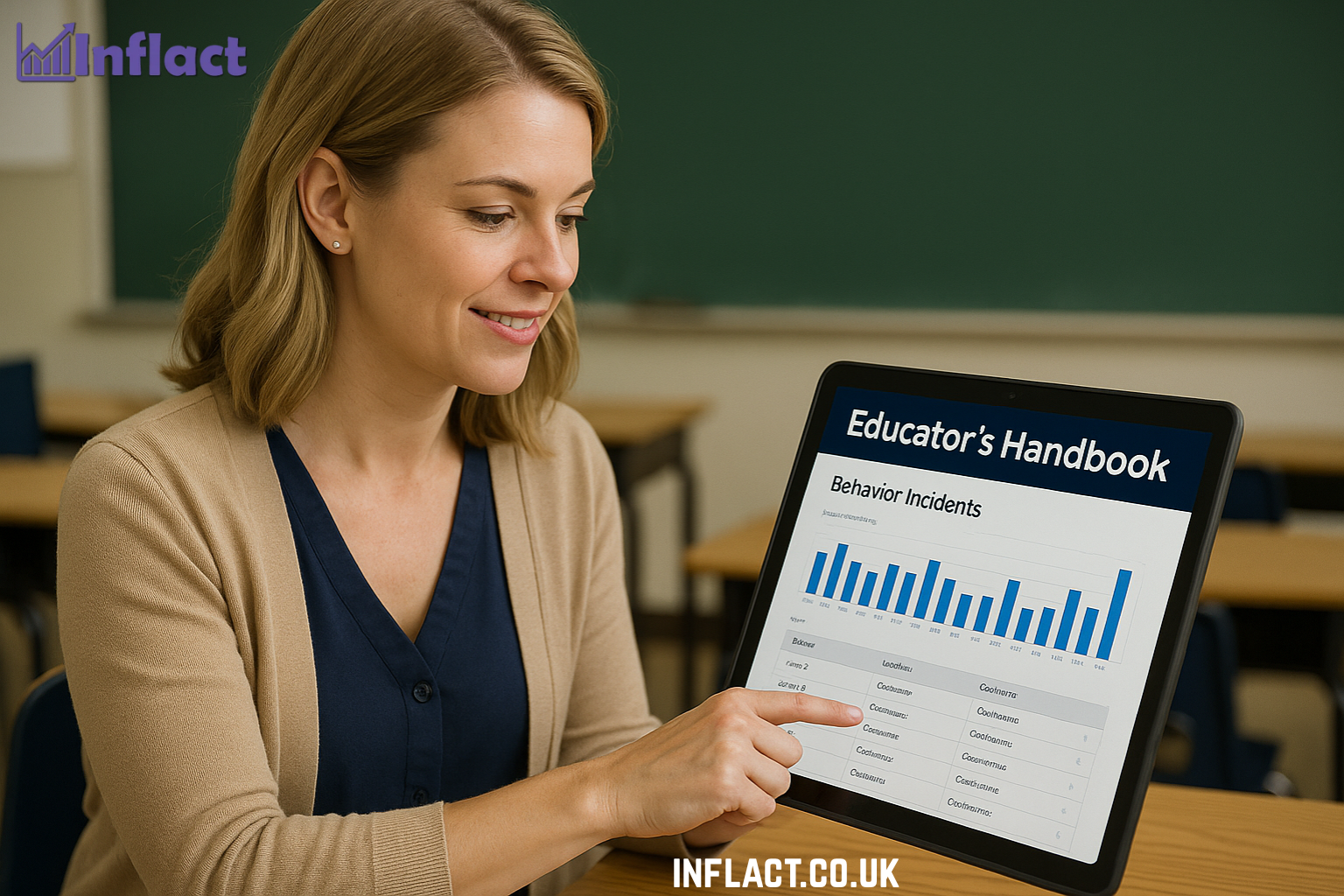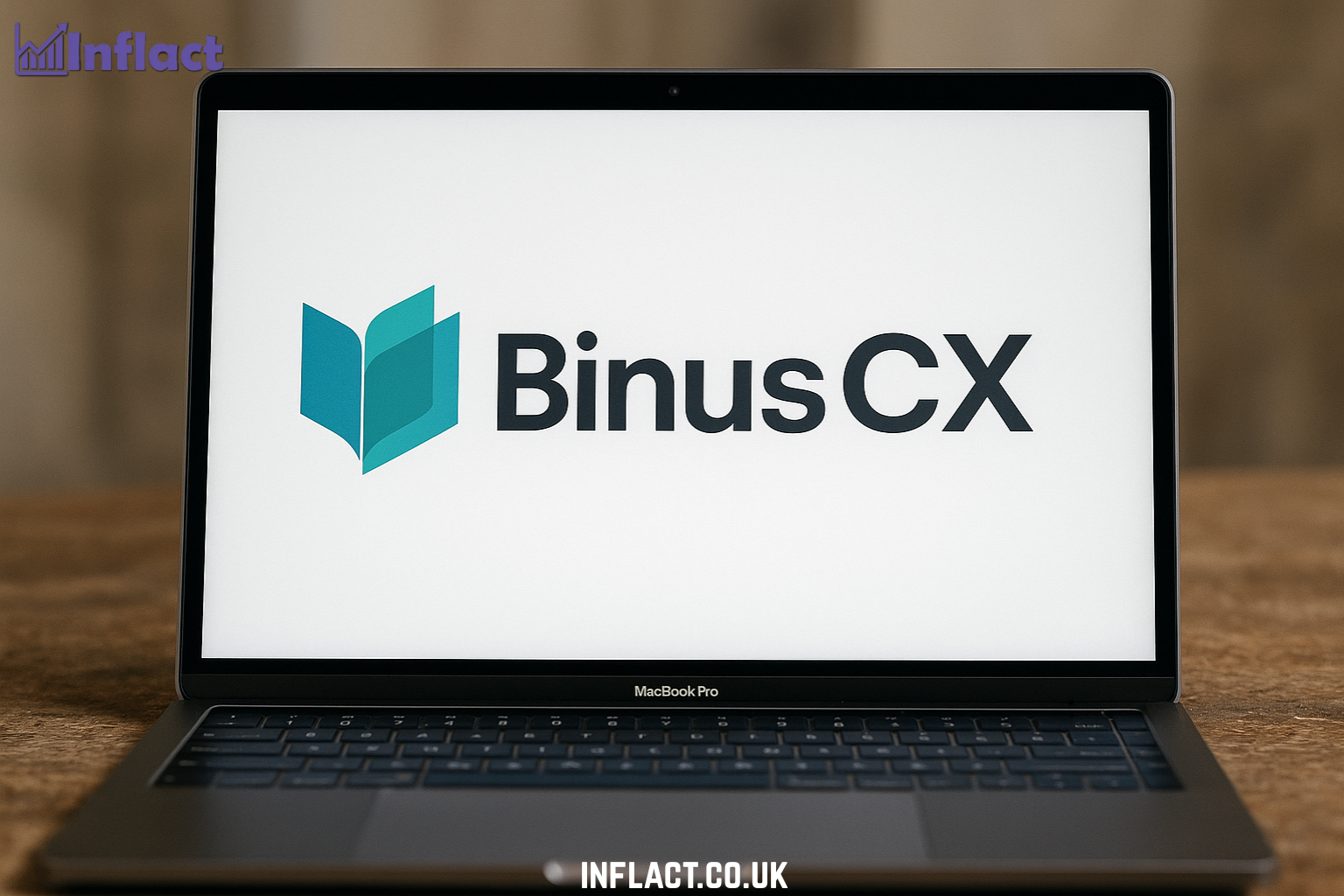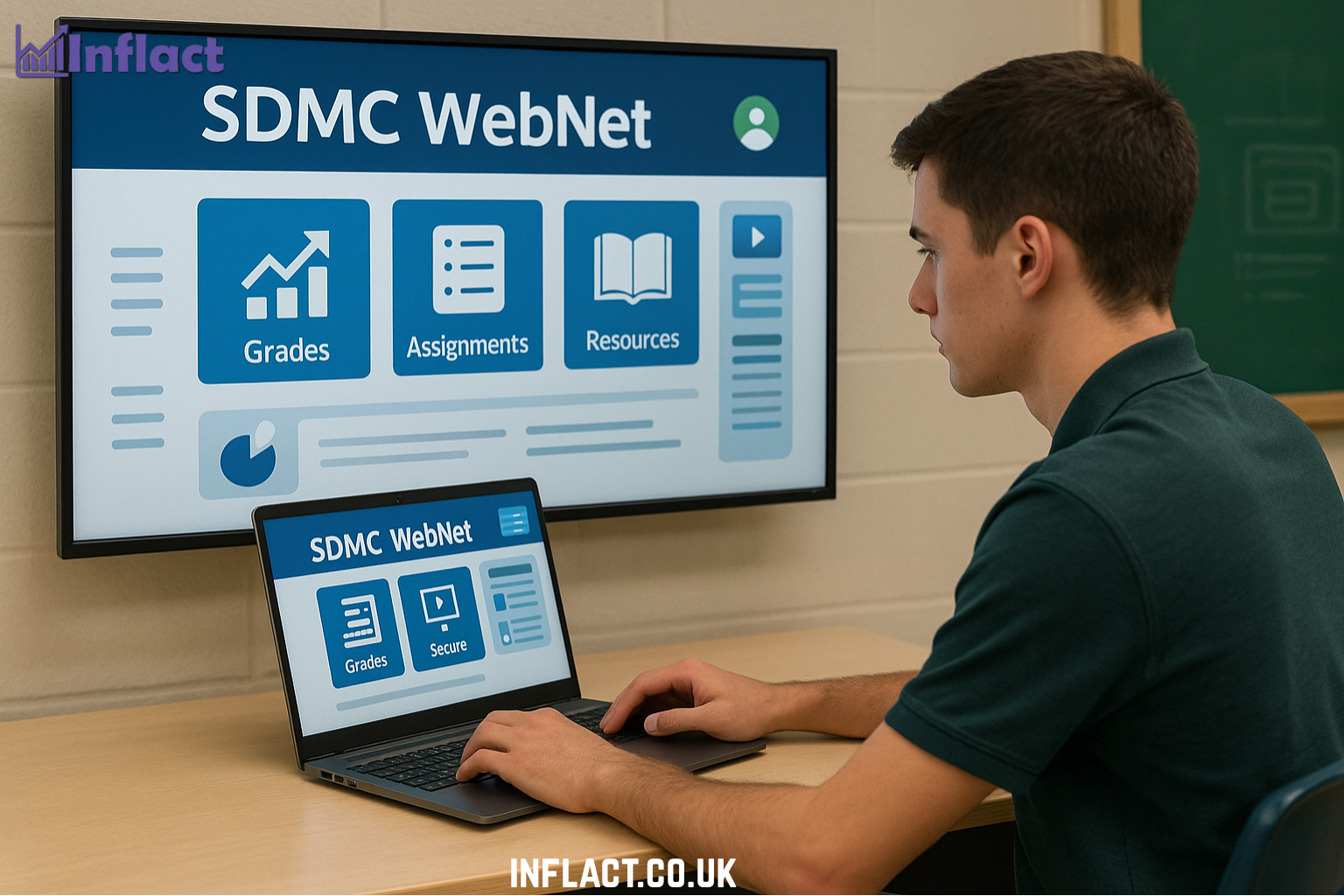Introduction
In today’s evolving educational landscape, maintaining a structured and supportive classroom environment is more critical than ever. Whether you’re a first-year teacher or a seasoned administrator, an educator’s handbook serves as a crucial resource—offering guidance, consistency, and clarity across various aspects of teaching and student management.
In this article, we’ll explore the meaning and usage of the term educator’s handbook, focusing on both traditional handbooks used in schools and the digital platform Educator’s Handbook (Incidents+), which streamlines behavior tracking and reporting. By understanding its components, functions, and practical implementation, educators can harness this tool to improve student outcomes and classroom culture.
What is an Educator’s Handbook?
An educator’s handbook can refer to one of two primary things:
Traditional Teaching Handbook
A printed or digital manual created by schools or educational bodies, detailing policies, teaching expectations, classroom rules, and disciplinary procedures.
Educator’s Handbook (Incidents+ Platform)
A behavior management software used by schools to track student conduct, streamline reporting of incidents, and generate data-driven insights. It’s used by thousands of teachers and administrators to simplify the process of managing student discipline and support.
Also Read: GU iCloud: Transforming University Education Through Cloud-Integrated Academic Management
Features of the Educator’s Handbook Platform
The digital Educator’s Handbook, also known as Incidents+, is widely recognized for its streamlined design and ability to support both minor classroom disruptions and major referrals. Here are its core functionalities:
Behavior Tracking and Documentation
Educators can log behaviors such as:
- Tardies and absences
- Classroom disruptions
- Major incidents requiring administrative attention
- Positive behaviors and merits
Data and Reporting
The platform offers real-time dashboards that display:
- Student-level behavior histories
- Class-level trends
- School-wide reports for district or leadership use
Staff Collaboration
With built-in communication tools, teachers and administrators can:
- Notify relevant team members of student issues
- Share action plans or discipline steps
- Avoid duplication and ensure timely intervention
Mobile Access
The Incidents+ app, available on iOS, allows teachers to report behaviors from anywhere on campus, making it easier to respond to situations on-the-go.
Step-by-Step Guide: How to Use the Educator’s Handbook Platform
Step 1: Log In
Educators receive credentials from their school or district to access the platform.
Step 2: Choose Your Action
From the dashboard, choose:
- “Log an Incident”
- “View Reports”
- “Schedule a Consequence”
- “Submit a Positive Report”
Step 3: Enter Behavior Details
Include:
- Student name(s)
- Time and date
- Incident type (e.g., disruption, disrespect, etc.)
- Context or description
Step 4: Submit and Notify
Once submitted, the report is saved and routed to the appropriate staff, such as counselors, administrators, or parents (depending on configuration).
Step 5: Review Outcomes
Later, educators can check:
- Whether action was taken
- If patterns emerge in student behavior
- Suggested interventions or support plans
Benefits of Using a Digital Educator’s Handbook
Time Efficiency
Traditional paper-based discipline referrals are time-consuming. The platform reduces paperwork, standardizes responses, and allows immediate digital recordkeeping.
Consistency Across Staff
All teachers report behavior using the same categories and guidelines, creating a fairer system for all students.
Improved Student Support
Real-time tracking helps identify students who need additional academic, emotional, or behavioral support before issues escalate.
Legal and Policy Compliance
Having a centralized system ensures incidents are documented properly, which helps in situations involving parent communication or legal inquiry.
Comparison: Traditional Handbook vs. Digital Platform
| Feature/Aspect | Traditional Handbook | Educator’s Handbook (Incidents+) |
|---|---|---|
| Format | Printed or PDF document | Web-based software & mobile app |
| Behavior Documentation | Manual / Written referrals | Digital forms with real-time tracking |
| Staff Communication | Verbal or email | Integrated notifications & workflow |
| Data Analytics | Limited or manual | Automated dashboards and insights |
| Response Time | Often delayed | Instant submission and review |
Also Read: Nurture Tech Tips EmbedTree: A Smarter Way to Learn and Apply Digital Skills
Conclusion
An educator’s handbook, whether traditional or digital, plays a vital role in the overall structure and efficiency of school environments. The modern, software-based Educator’s Handbook platform (Incidents+) takes these benefits to the next level—enabling teachers and administrators to act faster, track behavior more effectively, and support students proactively.
Whether you’re trying to improve classroom management, meet compliance standards, or empower teachers with better tools, integrating a digital educator’s handbook is a smart move for any school district.
Frequently Asked Questions (FAQs)
1. What is Educator’s Handbook used for in schools?
Educator’s Handbook, specifically the Incidents+ platform, is used to track and manage student behavior. Teachers and administrators can log incidents, assign consequences, communicate with staff, and generate reports for data-driven decision-making.
2. Is Educator’s Handbook a physical book or a digital tool?
While traditional educator handbooks are often printed guides with school policies and procedures, Educator’s Handbook (Incidents+) is a digital behavior tracking system designed for use in K–12 schools.
3. Can teachers access Educator’s Handbook on mobile devices?
Yes. The Incidents+ app is available on iOS, allowing teachers to document student behavior, view incident reports, and receive updates directly from their smartphones or tablets.
4. What types of behaviors can be logged in the platform?
Educators can log a wide range of behaviors, including:
- Tardiness and absences
- Disruptive behavior
- Major infractions requiring administrative intervention
- Positive behaviors such as classroom participation or acts of kindness
5. How does Educator’s Handbook improve school discipline systems?
The platform helps standardize behavior reporting across all staff, reduce paperwork, provide real-time alerts to appropriate personnel, and offer data insights that help schools implement proactive interventions and maintain a supportive learning environment.




